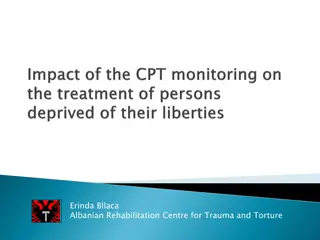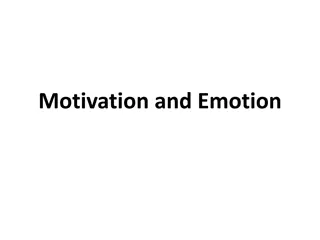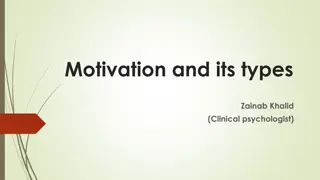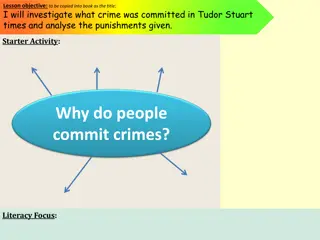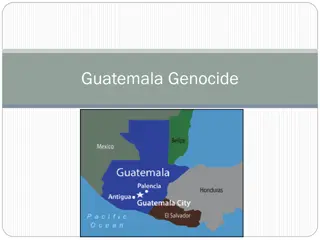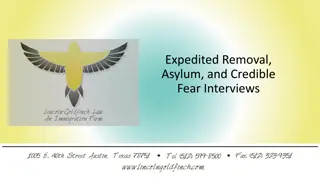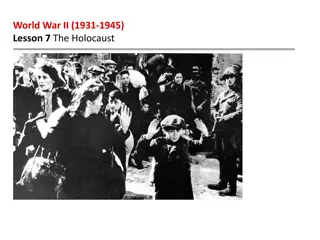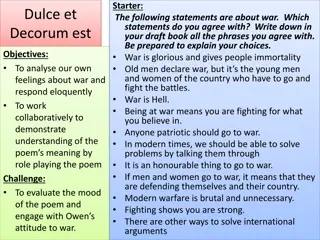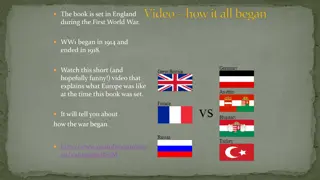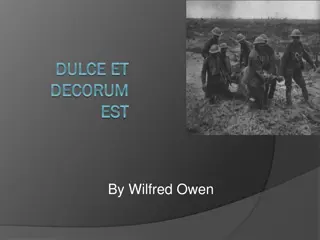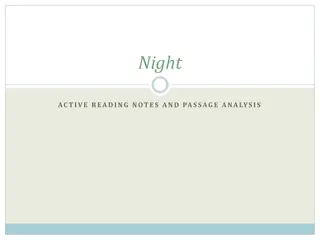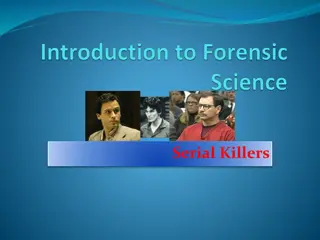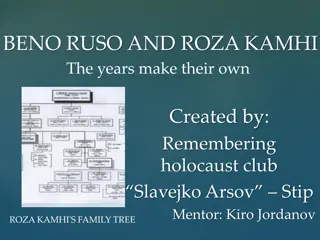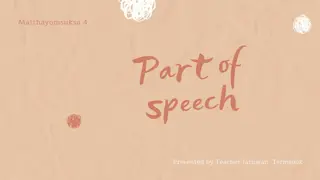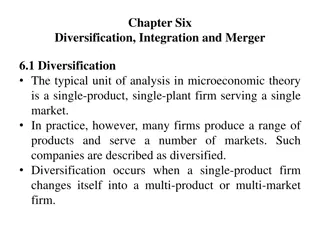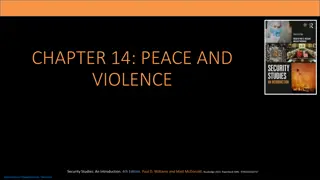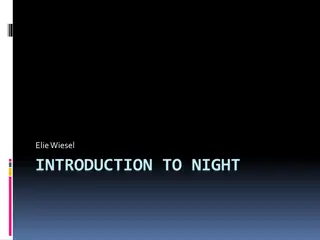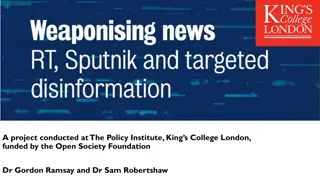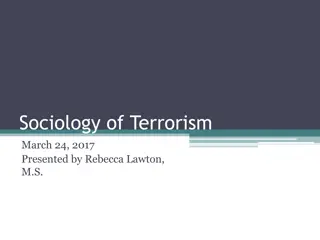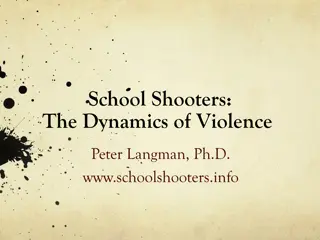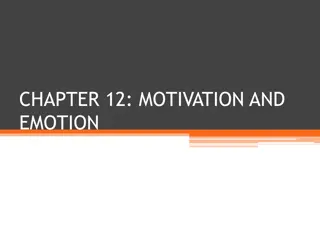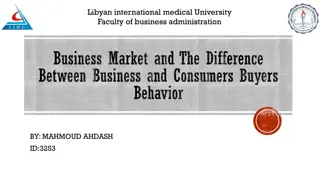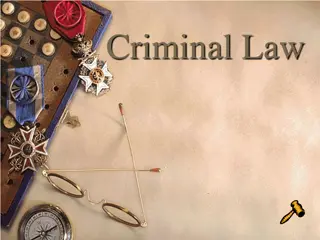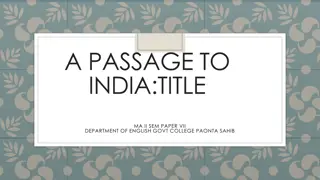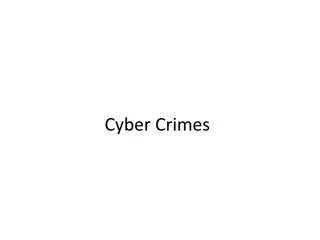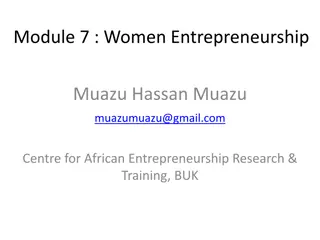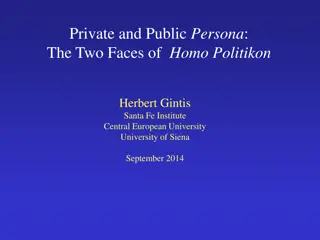Understanding the Horrors of Torture: Methods, Motives, and Impact
Explore the inhumane practice of torture, as defined by the WMA declaration of 1975, including its deliberate infliction of physical and mental suffering for various motives. Discover the chilling methods used, such as physical, sexual, and psychological torment, in isolated locations with displays of power. From excruciating pain to extreme exhaustion, disfiguration, and apprehension of death, torture takes different forms with lasting consequences on victims.
Download Presentation

Please find below an Image/Link to download the presentation.
The content on the website is provided AS IS for your information and personal use only. It may not be sold, licensed, or shared on other websites without obtaining consent from the author. Download presentation by click this link. If you encounter any issues during the download, it is possible that the publisher has removed the file from their server.
E N D
Presentation Transcript
As per WMA declaration1975 Deliberate or intentional systemic or wanton infliction of physical or mental suffering by one or more persons acting alone or on the instruction of any authority to force another person to collect information or to make confession or for any other reason
Motives Aims or motives To gather information To get confession To obtain testimony To destroy personality To take revenge To spread terror in community
Place generally used: An isolated or remote or confined place ,usually after sunset with formidable display of power. Methods: 1. Physical 2. Sexual 3.Psychological
Physical: A. By inflicting excruciating pain: a) Beating b) Falanga ( Falaka Bastinado) c) Finger torture d )Dental torture e) Heat torture f )Cold torture g) Quirofano (abdomen torture) h) Head torture i) Pulling or twisting of nail, hair ,tongue breast ,nipple ,ear j) Roller torture
B . Causing extreme exhaustion: a). Elplanton b). Forced cabour C).Asphyxial torture: wet submarine , dry submarine made to suck foreign material d). Suspending from horizontal bar e). Made stand, sit or lie in abnormal position for a long time f). Dehydration g). Rope bondage torture h). Pharmacological torture i). Suspension torture: by hand wrist- bandera by ankle- murcielage by neck -
C. by causing disfiguration : Permanent disability a). Mutilation torture b). Chemical or irritant c). Telephono d). Pushing hot metal rod in to anus (black slave) e). Piercing torture pushing nails or needle underneath nails
D. Causing apprehension of immediate death: a). Electrical torture (cattle prod) b). Sham torture
II. Sexual: 14% to 61% By using instrument Physical sexual torture Mental sexual torture
III. Psychological(mental torture) : 33% to 77% A .Deprivation technique a). Social deprivation b). Nutritional deprivation c). Sleep deprivation d). Hygienic deprivation e). Medical care f). Sensory deprivation g). Perceptional deprivation
B. Coercion technique : a). To witness torture on others b). To compell to torture to others c). To compel to blind obedience to rule d). Threats and humiliation e). To compel to sign on false statement
Consequences 1. Physical: Immediate: Injuries ,discomfort ,swelling ,tenderness ,haematoma ,burn ,scald ,electrolyte imbalance etc Delayed : Infection ,scar , deformity ,disfiguration , impairment of hearing ,or vision , malunion of bone ,pregnancy ,STD etc
2.Psychological: Anxiety ,depression ,stress disorder ,lack of self confidence ,disturbed sleep, drug abuse 3. Social: Social stigmas , negative attitude towards social activities
Medicolegal reporting in case of death by autopsy surgeon Whether victim was tortured or not ? What were the type of injuries present ? What was time passed since infliction of injuries? Mode of causation of injuries? What was the nature of such injuries? What types of weapon used? Whether the injuries were sufficient to cause death in ordinary course of nature? What was the cause of death ? Whether any contributory factors aggravated the cause of death?
Medicolegal and Ethical aspect 1.As per the declaration of Geneva 1948: RMP are prohibited from using their professional knowledge for the purpose of torture.
2.As per the declaration of Tokyo 1975: Physician are prohibited to : 1.participate or condone in practice of torture, cruelty in human and disregarding procedures 2. provide any promises ,instrument ,substances or knowledge ,to facilitate such practice. 3. be present during any procedure involving cruelty in human activity
3.As per HR Act 1993 : Freedom from torture in the right to be protected under all circumstances including in times of internal or international disturbances or war
4.As per medical Ethics : Physician are to protect the prisoners and detainers against the torture or inhuman treatment
5.As duty towards state: Physician are to examine and treat the victim of torture carefully and thoroughly and to report the police or other investigating agencies. IPC 330 and IPC 331 deals with the issue of voluntarily causing hurt or grievous hurt for the purpose of extorting confession or any other information


